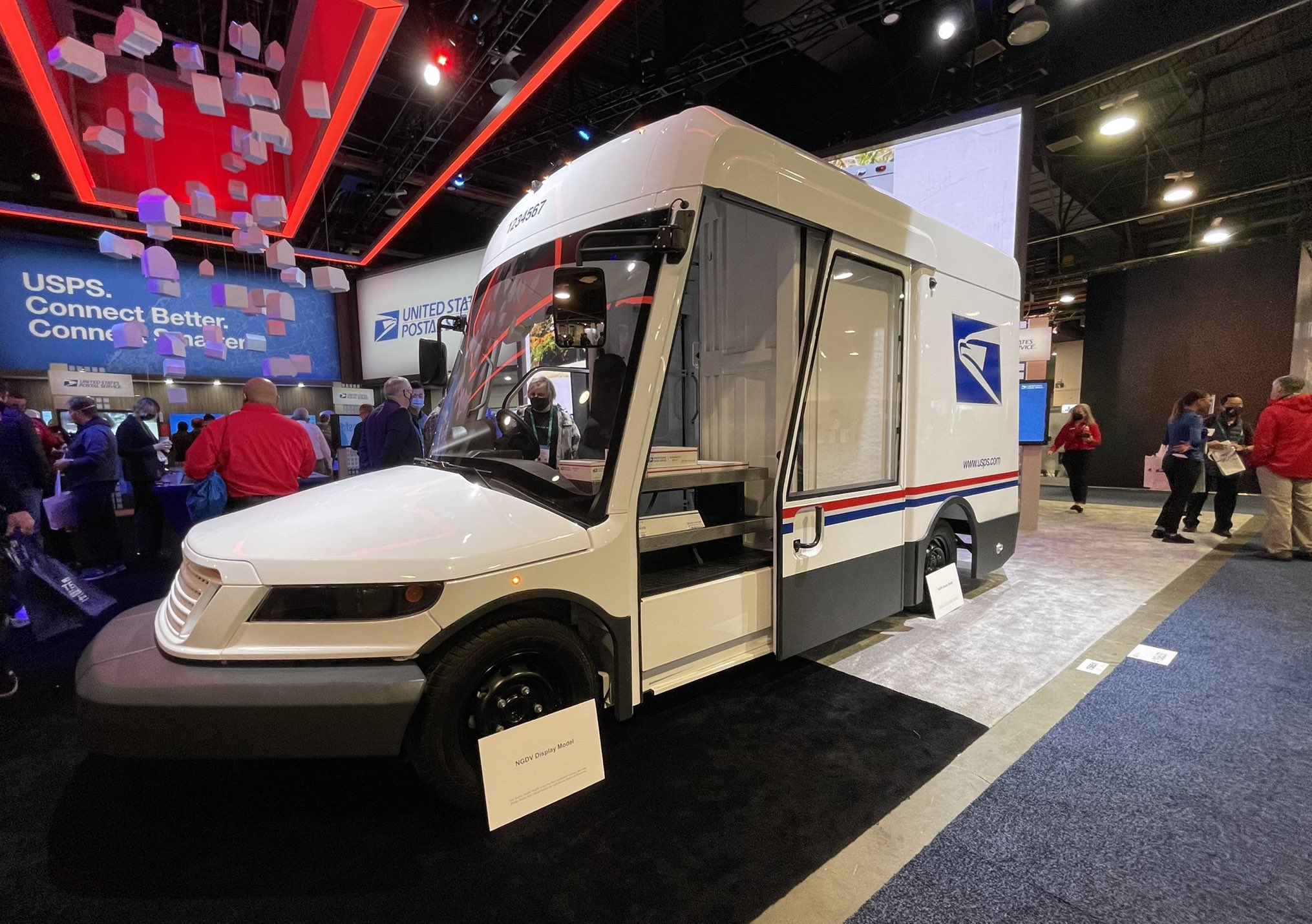
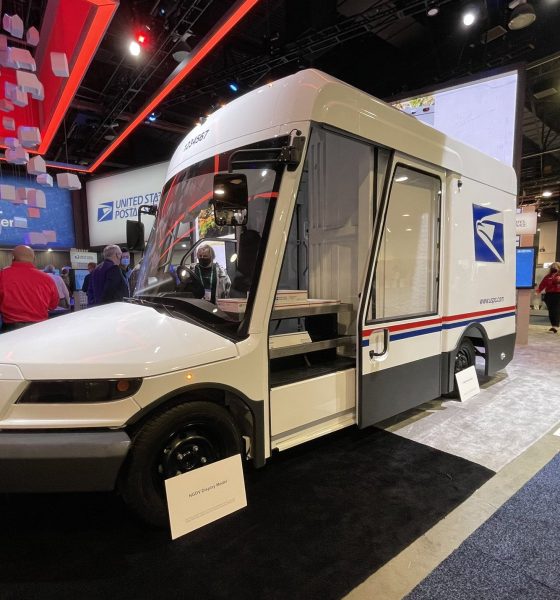
News
USPS Inspector General asked to investigate agency’s decision favoring gas delivery vans over EVs
A group of U.S. lawmakers in the House Oversight Committee sent a letter to the U.S. Postal Service (USPS) Inspector General (IG), requesting an investigation into the agency’s order for Next Generation Delivery Vehicles (NGDV).
In a letter dated Monday, March 14, Democrats in the House Oversight Committee asked IG Tammy L. Whitcomb to investigate the Postal Service’s compliance with the National Environmental Policy Act (NEPA). They questioned if the USPS complied with NEPA’s requirements for environmental reviews before finalizing its NGDV contract.
“We write to request that the Postal Service Office of Inspector General (OIG) initiate an investigation into the Postal Service’s compliance with the National Environmental Policy Act, particularly the filing of the Environmental Impact Statement (EIS) for the Next Generation Delivery Vehicle,” wrote the Members.
“The Environmental Protection Agency, the White House Council for Environmental Quality and numerous environmental stakeholders have raised concerns that the Postal Service did not meet its NEPA obligations during its contracting process for the NGDV. These significant concerns warrant an investigation by the OIG.”
Background
The USPS received some criticism from the Biden Administration after it announced plans to spend up to $11.3 billion on as many as 165,000 gas-powered NGDVs. The Biden Administration urged the Postal Service to reconsider its plans to buy mostly internal combustion engine (ICE) delivery vehicles to upgrade its fleet.
The USPS fleet makes up a third of the U.S. government fleet. President Biden ordered all federal agencies to phase out the purchase of gasoline-powered vehicles. Even though the Postal Service is an independent agency, its fleet’s transition to electric vehicles would symbolize the current administration’s determination to move away from fossil fuels.
After receiving some pushback from the Biden Administration about its NGDV plans, the Postal Service issued a statement on February 6, announcing its plans to submit an initial order for 5,000 electric delivery vans. The agency also shared its goals to achieve 70% fleet electrification within the decade.
The Issue
The Environmental Protection Agency (EPA), the White House Council for Environmental Quality (CEQ), and other environmental stakeholders are concerned that the Postal Service did not meet NEPA obligations when it announced a 10-year contract with Oshkosh to manufacture fossil fuel-powered NGDVs.
The EPA pointed out that critical features in the contract were not disclosed in the Postal Service’s final review or Environmental Impact Statement (EIS) for the NGDV program. The CEQ observed that the agency’s final review was “flawed in some ways that cannot be so easily remedied.”
The New York Times discovered some evidence that supported the CEQ’s claims. The Postal Service estimated that the NGDVs would get 29.9 miles per gallon in its review. However, the EPA found that the vehicles would only get 14.7 miles per gallon or even less if air conditioning was factored into the equation.
The Postal Service’s (Current) Stance
USPS published a 340-page Final Environmental Impact Statement (FEIS) under the NEPA process on January 7, 2022. The Postal Service later completed a record of decision (ROD), which featured the agency’s response to feedback from the EPA on the potential environmental impact of the NGDV program.
In its ROD, the Postal Service outlines its decision to purchase and deploy 50,000 to 165,000 NGDVs over the next ten years. It details that the NGDV fleet will be a mix of ICE and battery electric vehicle (BEV) delivery vans. All-electric NGDVs will make up at least 10% of the fleet. The Postal Service determined that ICE NGDVs were the “most achievable” alternative to replacing its existing fleet rather than BEV NGDV, given its financial condition.
“…BEV NGDV(s) ha(ve) a significantly higher total cost of ownership than the ICE NGDV, which is why the Preferred Alternative being implemented does not commit to more than 10 percent BEV NGDV. Finally, the Postal Service notes that the Preferred Alternative as implemented contains the flexibility to significantly increase the percentage of BEV NGDV should additional funding become available from any source,” stated the USPS in its latest ROD.
USPS Inspector General asked to investigate agency’s decision favoring gas delivery vans over EVs by Maria Merano on Scribd
The Teslarati team would appreciate hearing from you. If you have any tips, reach out to me at maria@teslarati.com or via Twitter @Writer_01001101.

Cybertruck
Tesla Cybertruck earns IIHS Top Safety Pick+ award
To commemorate the accolade, the official Cybertruck account celebrated the milestone on X.

The Tesla Cybertruck has achieved the Insurance Institute for Highway Safety’s (IIHS) highest honor, earning a Top Safety Pick+ rating for 2025 models built after April 2025.
The full-size electric pickup truck’s safety rating is partly due to the vehicle’s strong performance in updated crash tests, superior front crash prevention, and effective headlights, among other factors. To commemorate the accolade, the official Cybertruck account celebrated the milestone on X.
Cybertruck’s IIHS rating
As per the IIHS, beginning with 2025 Cybertruck models built after April 2025, changes were made to the front underbody structure and footwell to improve occupant safety in driver-side and passenger-side small overlap front crashes. The moderate overlap front test earned a good rating, and the updated side impact test also received stellar marks.
The Cybertruck’s front crash prevention earned a good rating in pedestrian scenarios, with the standard Collision Avoidance Assist avoiding collisions in day and night tests across child, adult crossing, and parallel paths. Headlights with high-beam assist compensated for limitations, contributing to the top award.
Safest and most autonomous pickup
The Cybertruck is one of only two full-size pickups to receive the IIHS’ Top Safety Pick + rating. It is also the only one equipped with advanced self-driving features via Tesla’s Full Self-Driving (Supervised) system. Thanks to FSD, the Cybertruck can navigate inner city streets and highways on its own with minimal supervision, adding a layer of safety beyond passive crash protection.
Community reactions poured in, with users praising the vehicle’s safety rating amidst skepticism from critics. Tesla itself highlighted this by starting its X post with a short clip of a Cybertruck critic who predicted that the vehicle will likely not pass safety tests. The only question now is, of course, if the vehicle’s Top Safety Pick+ rating from the IIHS will help the Cybertruck improve its sales.
News
Tesla stands to gain from Ford’s decision to ditch large EVs
Tesla is perhaps the biggest beneficiary of Ford’s decision, especially as it will no longer have to deal with the sole pure EV pickup that outsold it from time to time: the F-150 Lightning.
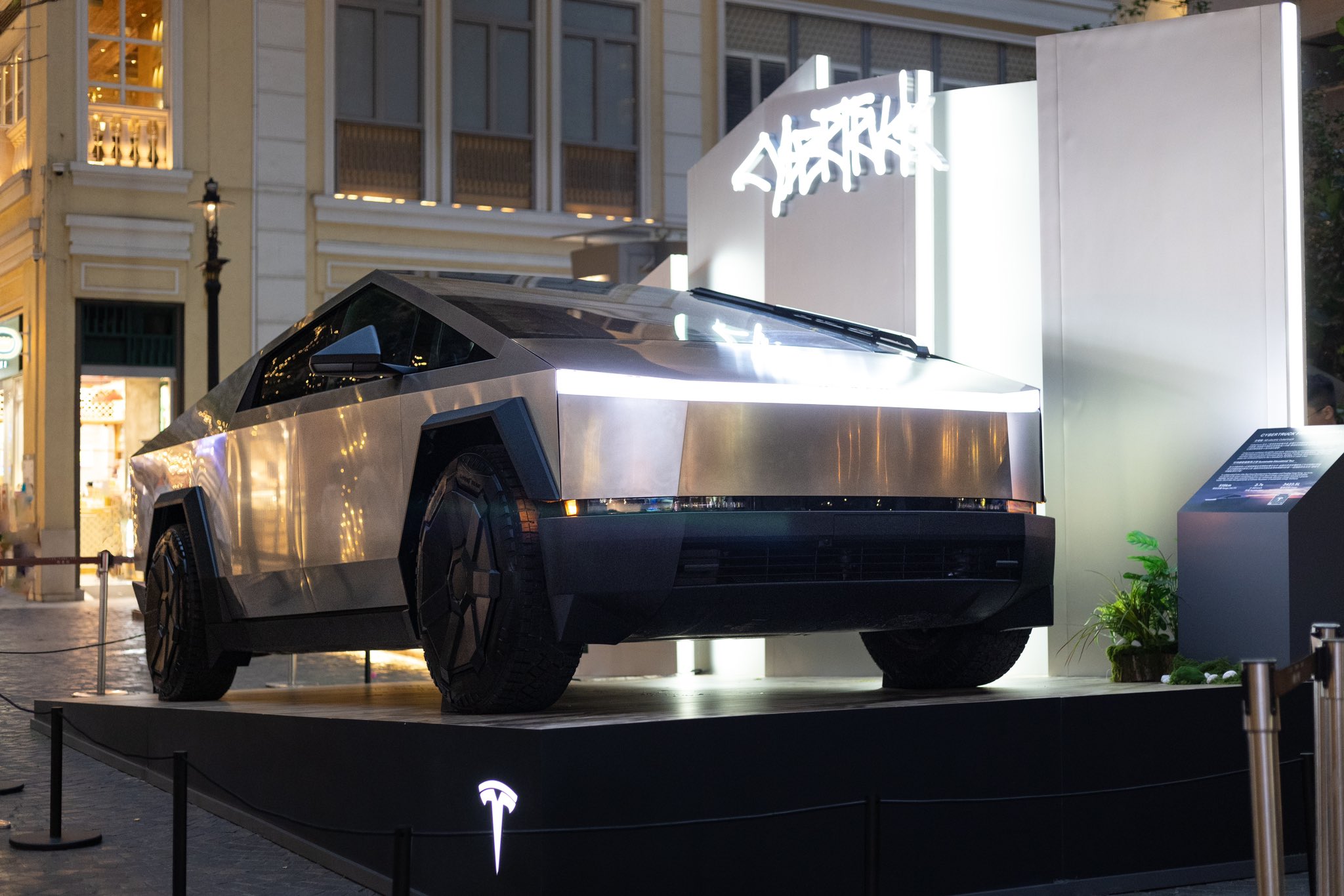
Ford’s recent decision to abandon production of the all-electric Ford F-150 Lightning after the 2025 model year should yield some advantages for Tesla.
The Detroit-based automaker’s pivot away from large EVs and toward hybrids and extended-range EVs that come with a gas generator is proof that sustainable powertrains are easy on paper, but hard in reality.
Tesla is perhaps the biggest beneficiary of Ford’s decision, especially as it will no longer have to deal with the sole pure EV pickup that outsold it from time to time: the F-150 Lightning.
Here’s why:
Reduced Competition in the Electric Pickup Segment
The F-150 Lightning was the Tesla Cybertruck’s primary and direct rival in the full-size electric pickup market in the United States. With Ford’s decision to end pure EV production of its best-selling truck’s electric version and shifting to hybrids/EREVs, the Cybertruck faces significantly less competition.
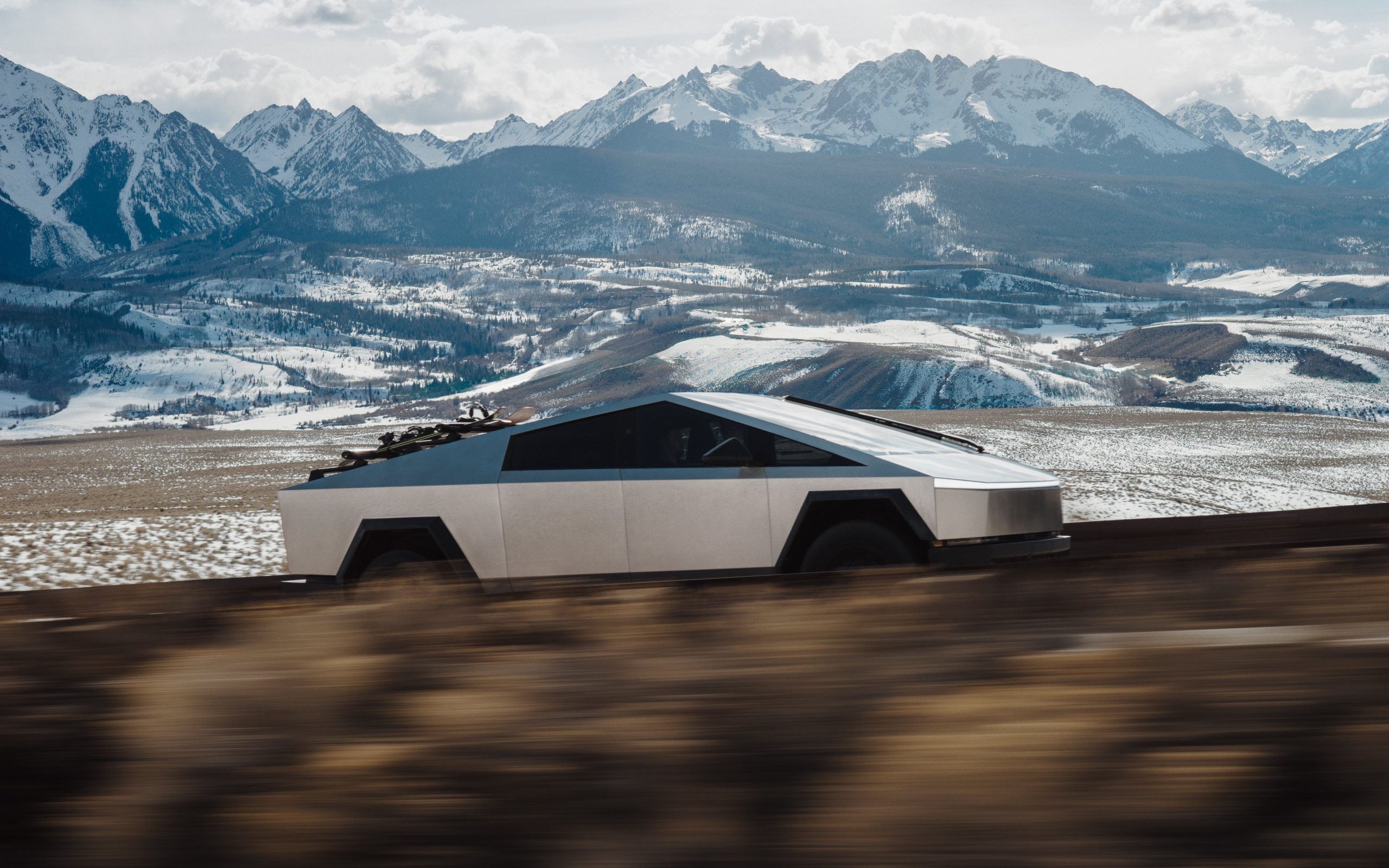
Credit: Tesla
This could drive more fleet and retail buyers toward the Cybertruck, especially those committed to fully electric vehicles without a gas generator backup.
Strengthened Market Leadership and Brand Perception in Pure EVs
Ford’s pullback from large EVs–citing unprofitability and lack of demand for EVs of that size–highlights the challenges legacy automakers face in scaling profitable battery-electric vehicles.
Tesla, as the established leader with efficient production and vertical integration, benefits from reinforced perception as the most viable and committed pure EV manufacturer.
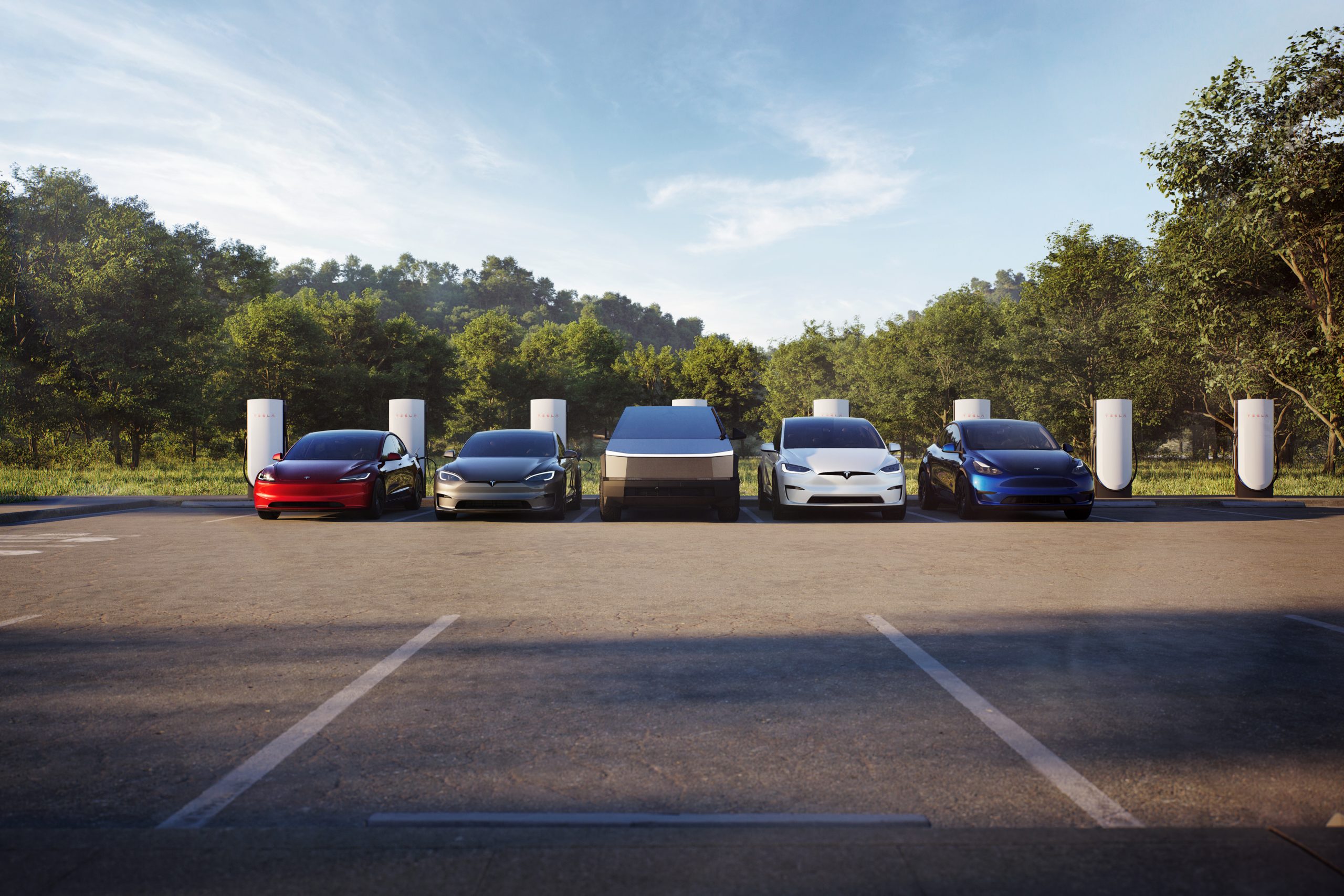
Credit: Tesla
This can boost consumer confidence in Tesla’s long-term ecosystem over competitors retreating to hybrids. With Ford making this move, it is totally reasonable that some car buyers could be reluctant to buy from other legacy automakers.
Profitability is a key reason companies build cars; they’re businesses, and they’re there to make money.
However, Ford’s new strategy could plant a seed in the head of some who plan to buy from companies like General Motors, Stellantis, or others, who could have second thoughts. With this backtrack in EVs, other things, like less education on these specific vehicles to technicians, could make repairs more costly and tougher to schedule.
Potential Increases in Market Share for Large EVs
Interestingly, this could play right into the hands of Tesla fans who have been asking for the company to make a larger EV, specifically a full-size SUV.
Customers seeking large, high-capability electric trucks or SUVs could now look to Tesla for its Cybertruck or potentially a future vehicle release, which the company has hinted at on several occasions this year.
With Ford reallocating resources away from large pure EVs and taking a $19.5 billion charge, Tesla stands to capture a larger slice of the remaining demand in this segment without a major U.S. competitor aggressively pursuing it.
News
Ford cancels all-electric F-150 Lightning, announces $19.5 billion in charges
“Rather than spending billions more on large EVs that now have no path to profitability, we are allocating that money into higher returning areas, more trucks and van hybrids, extended range electric vehicles, affordable EVs, and entirely new opportunities like energy storage.”
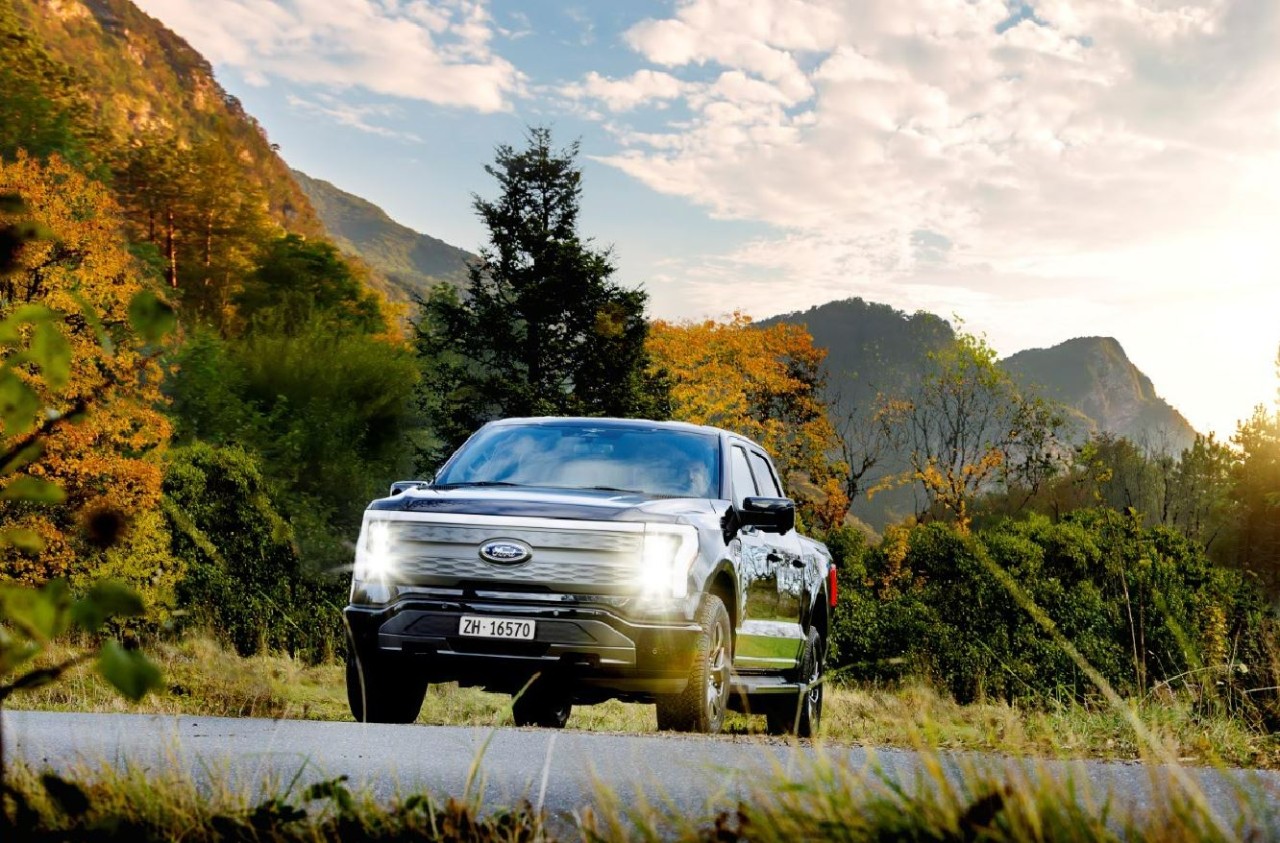
Ford is canceling the all-electric F-150 Lightning and also announced it would take a $19.5 billion charge as it aims to quickly restructure its strategy regarding electrification efforts, a massive blow for the Detroit-based company that was once one of the most gung-ho on transitioning to EVs.
The announcement comes as the writing on the wall seemed to get bolder and more identifiable. Ford was bleeding money in EVs and, although it had a lot of success with the all-electric Lightning, it is aiming to push its efforts elsewhere.
It will also restructure its entire strategy on EVs, and the Lightning is not the only vehicle getting the boot. The T3 pickup, a long-awaited vehicle that was developed in part of a skunkworks program, is also no longer in the company’s plans.
Instead of continuing on with its large EVs, it will now shift its focus to hybrids and “extended-range EVs,” which will have an onboard gasoline engine to increase traveling distance, according to the Wall Street Journal.
“Ford no longer plans to produce select larger electric vehicles where the business case has eroded due to lower-than-expected demand, high costs, and regulatory changes,” the company said in a statement.
🚨 Ford has announced it is discontinuing production of the F-150 Lightning, as it plans to report a charge of $19.5 billion in special items.
The Lightning will still be produced, but instead with a gas generator that will give it over 700 miles of range.
“Ford no longer… pic.twitter.com/ZttZ66SDHL
— TESLARATI (@Teslarati) December 15, 2025
While unfortunate, especially because the Lightning was a fantastic electric truck, Ford is ultimately a business, and a business needs to make money.
Ford has lost $13 billion on its EV business since 2023, and company executives are more than aware that they gave it plenty of time to flourish.
Andrew Frick, President of Ford, said:
“Rather than spending billions more on large EVs that now have no path to profitability, we are allocating that money into higher returning areas, more trucks and van hybrids, extended range electric vehicles, affordable EVs, and entirely new opportunities like energy storage.”
CEO Jim Farley also commented on the decision:
“Instead of plowing billions into the future knowing these large EVs will never make money, we are pivoting.”
Farley also said that the company now knows enough about the U.S. market “where we have a lot more certainty in this second inning.”








